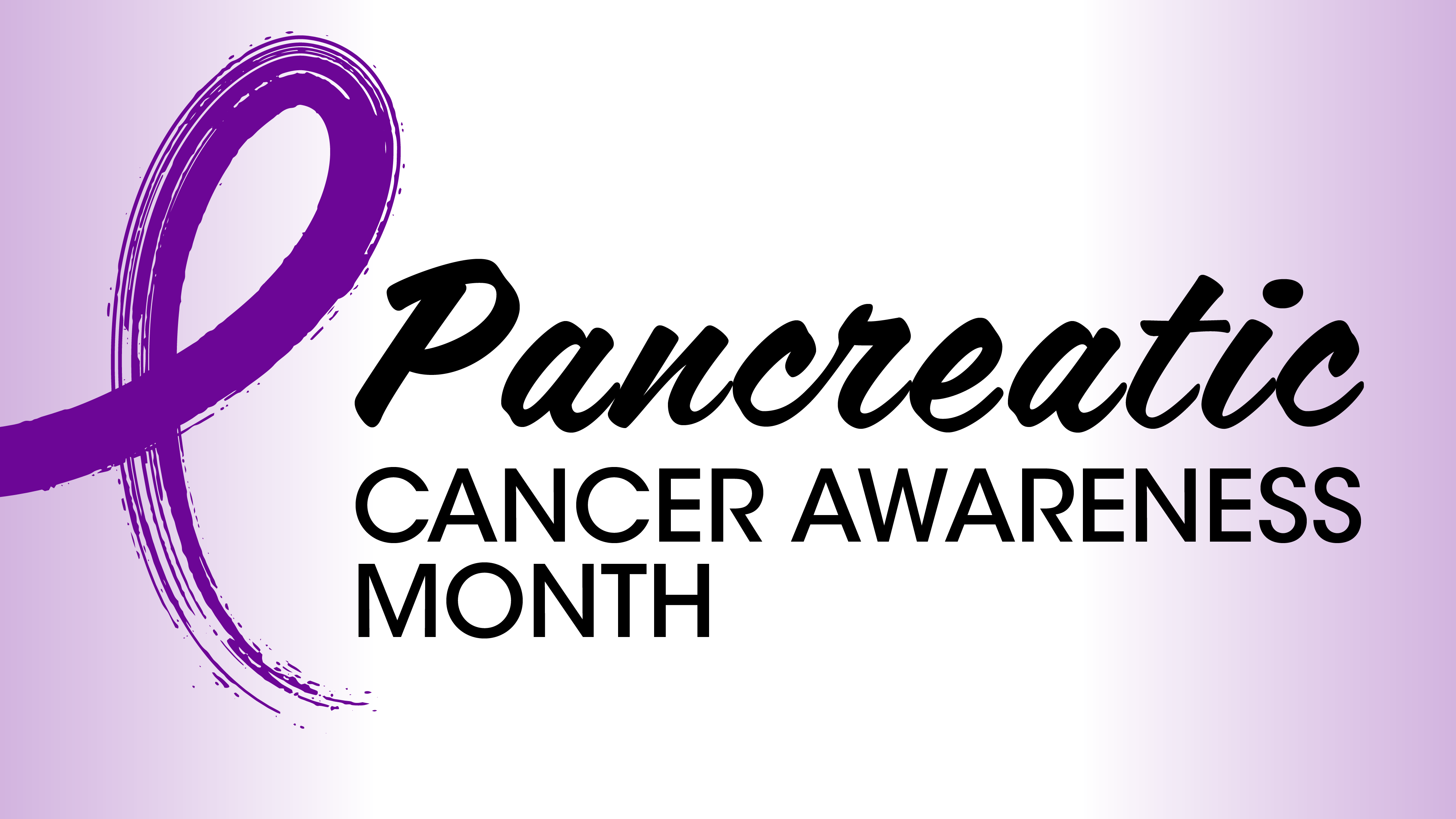
Advancing Pancreatic Cyst Surveillance and Care Pathways Via AI Software

An artificial intelligence model may help move patients into treatment pathways for pancreatic cancer quicker, says Russell C. Langan, MD, FACS, FSSO.
A computational linguistic model specific to the pancreas may help ensure that those with pancreatic cysts receive evidence-based surveillance and, if necessary, undergo adequate preventive care for suspected pancreatic cancer, according to Russell C. Langan, MD, FACS, FSSO.
Langan spoke with CancerNetwork® at the 2024 Annual Oncology Clinical Practice and Research Summit about a presentation he gave at the meeting focusing on the development of a sustainable artificial intelligence (AI)–based model for improving the quality of pancreatic cyst surveillance and early detection of pancreatic cancer.
Compared with prior methods of cyst surveillance, Langan highlighted how this linguistics model may help transition patients to cancer care pathways more quickly while mitigating racial and ethnic disparities that may interfere with the natural delivery of treatment. In addition to identifying pancreatic cysts, he described how the model has demonstrated the potential to detect cancer in and around the pancreas.
Looking ahead, Langan stated that the field has only scratched the surface regarding the medical application of AI programs. As these tools enter the health care sector at an exponential rate, he anticipates that AI may eventually allow practices to automate follow-up and improve risk stratification when surveilling patients for disease.
“We are seeing a dramatic rise in younger [patients with] solid organ malignancies in the US, and there are theories of why that is happening,” Langan stated. “Instead of the focus being on drug development or treatment, I want the takeaway to be ‘Let’s put some focus on preventative strategies,’ and this is certainly one.”
Langan is the associate chief surgical officer for System Integration and Quality and director of Surgical Oncology at the Northern Region of RWJBarnabas Health and Rutgers Cancer Institute of New Jersey.
CancerNetwork: What was the background for this presentation, which focused on developing a new method to detect pancreatic cysts and early pancreatic cancer?
Langan: In around 2017 or 2018, our institution, the Cooperman Barnabas Medical Center, and the health care system chose to start investing in preventative medicine. At that point in time, they partnered with a company that had an AI software called a computational linguistics model that could identify incidental lung nodules, which are pre-cancerous, [and then] contact those patients and make sure that they receive the necessary surveillance so that intervention could potentially prevent lung cancer. I then approached that company and asked them about the pancreas because pancreatic cysts are similar to pulmonary nodules. They are the most common identifiable precursors to pancreatic cancer.
These patients deserve lifelong surveillance when the cysts are mucinous and most of the surveillance programs, in my opinion, were antiquated. [The surveillance programs] required patients to have some level of health literacy to find a pancreas cyst surveillance program, make an appointment, and get there, or they required a primary care [physician] or gastroenterologist to have knowledge about the risk of pancreatic cysts and refer them into a cyst program. Then, the patient also had to follow up over time.
On top of that, the individuals running the programs were running them off Excel spreadsheets. That is all just antiquated. I helped Eon Health build a computation linguistics model that’s specific to the pancreas to: improve the quality for a patient population that is living at risk for the development of pancreatic cancer, to ensure that they receive evidence- and guideline-based surveillance, and receive the appropriate intervention to, at times, prevent the development of pancreatic cancer.
What are some other limitations that may be related to prior methods of detection, and how might this software mitigate them?
One of the main limitations [with prior methods of detecting pancreatic cysts and pancreatic cancer] is the fact that in traditional methods of pancreatic cyst surveillance or early cancer detection, there are racial and ethnic minority disparities, whereas our software is agnostic to a medical record and runs in the background. Patients who go to an emergency department [ED] are many times of lower socioeconomic status and use an ED as primary care treatment.
If they are getting their imaging through the ED, our software will identify them. It can be the first point of contact for the patient to get them expeditious, high-quality care. On top of improving quality for detecting cancer, it also improves the ability to mitigate these racial and ethnic disparities that exist in the natural delivery of health care.
Are there any plans to apply this modality to other types of cancer? What are the next steps for researching this detection method?
My focus is specific to the pancreas, but the company, Eon Health, does now have software on the market for [abnormalities in the] lung, pancreas, liver, thyroid, breast, and cardiovascular system, as well as other incidental findings in the human body. It has started to grow beyond just the lung and pancreas.
A non-intended finding that we have realized over the last year is that the program itself…was designed to identify patients with pancreatic cysts and those who are precancerous, but we are starting to realize that the software, which interprets risk because it’s a linguistics model that reads a radiology report…is beginning to identify cancers in and around the pancreas. Now, the software is not just finding patients with pancreatic cysts, [but] we are finding patients with cancer more quickly. Then, those patients [are moved] into cancer care faster, because after the software identifies a patient, that patient is contacted with a letter; they are also contacted with a phone call, and the person who ordered the scan is contacted.
We’re hopeful that the software will move patients into cancer care pathways quicker, because many patients linger in the community looking for their cancer care, and the software potentially can do that. The other thing is, on a pilot analysis, we may be identifying cancers in their earlier stages; that has to be validated.
How might the current use and potential future applications of AI further impact surgical cancer care?
My own opinion is that we are just scratching the surface, medically, with the use of AI, and it’s being scratched rapidly. We’re seeing a rapid, exponential increase of AI entering the health care sector, and I believe, over the next few years, exponentially, we are going to see change with respect to the software that we are using. I do believe that it will be able to automate follow-up because it will have learned what the follow-up is per patient. It will have specific, automated follow-up per patient, longitudinally. I do believe that, over time, we’ll be able to pull in other AI software that looks at textual-based analysis of scans or genetic analysis, and then better risk-stratify surveillance for patients.
Reference
Langan R. A sustainable model for improved quality for pancreatic cyst surveillance and early pancreatic cancer detection. Presented at the 2024 Annual Oncology Clinical Practice and Research Summit; November 15-16, 2024; New Brunswick, NJ.
Newsletter
Stay up to date on recent advances in the multidisciplinary approach to cancer.
















































































